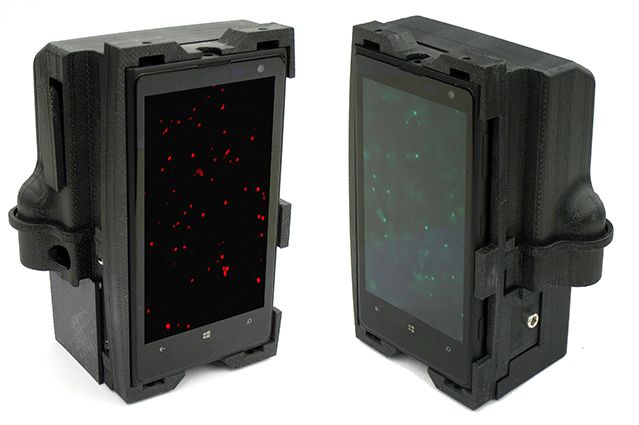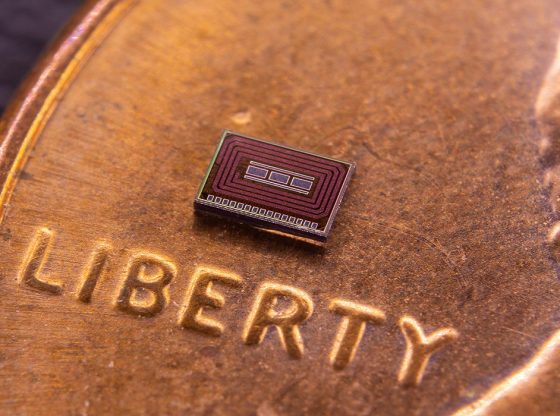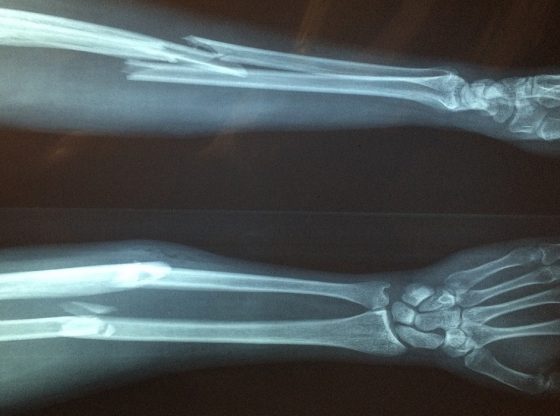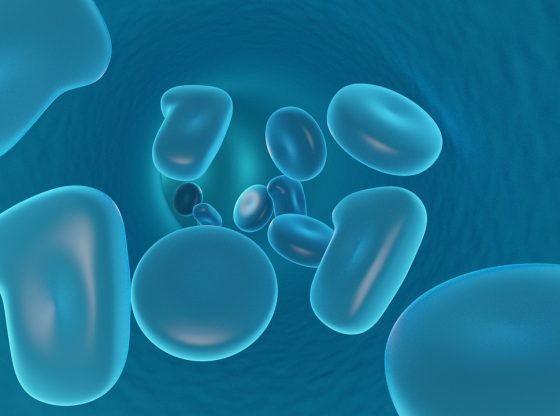Is it possible to analyze your DNA using a smartphone and then be given an accurate cancer diagnosis? Yes, according to U.S. and Swedish researchers.

The researchers developed a new microscope device, which, connected to a smartphone, can identify colon cancer.
Their research resulted in a study published in the journal Nature Communications and may be a first step to making so-called molecular diagnostics more accessible.
The mobile phone microscope records multi-mode images of a tissue sample, process and then feeds data to an algorithm, which automatically analyzes images to read the sequenced DNA bases of the extracted DNA or find genetic mutations directly inside the tissue.
The research team demonstrated the device by inserting a small piece of a cancerous tumor into the microscope and then, via the phone’s camera, were able to read DNA sequences and establish whether the piece was cancerous or not.
Displayed are green and red dots, green dots are normal DNA, red spots comes from a mutated gene which indicates a tumor that carries a mutated version of the gene.
This technology should be regarded as a proof of concept. It is relatively cheap but powerful and able to show what the DNA looks like in accurate detail. Future applications of the technology could develop into more advanced mobile devices and thereby enable wide healthcare reach. The platform could, for example, be used for rapid diagnosis during a viral outbreak, no matter where the point of care is.
Reference:
M. Nilsson et al. Targeted DNA sequencing and in situ mutation analysis using mobile phone microscopy. DOI: 10.1038 / NCOMMS13913.











![OpenAI. (2025). ChatGPT [Large language model]. https://chatgpt.com](https://www.illustratedcuriosity.com/files/media/55136/b1b0b614-5b72-486c-901d-ff244549d67a-350x260.webp)
![OpenAI. (2025). ChatGPT [Large language model]. https://chatgpt.com](https://www.illustratedcuriosity.com/files/media/55124/79bc18fa-f616-4951-856f-cc724ad5d497-350x260.webp)
![OpenAI. (2025). ChatGPT [Large language model]. https://chatgpt.com](https://www.illustratedcuriosity.com/files/media/55099/2638a982-b4de-4913-8a1c-1479df352bf3-350x260.webp)








